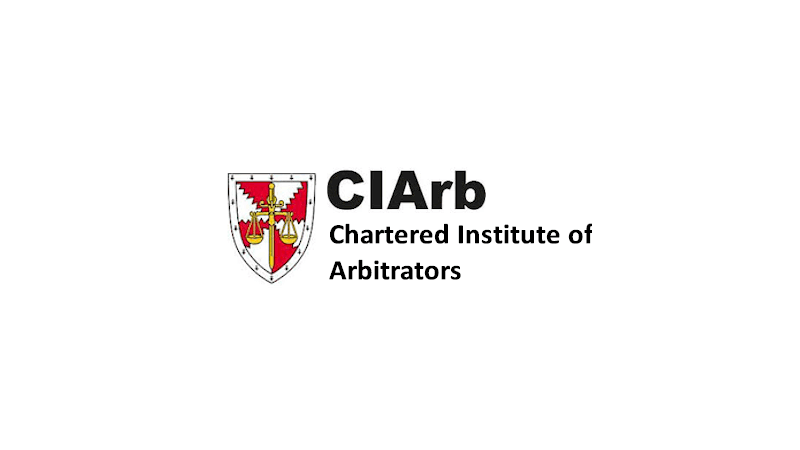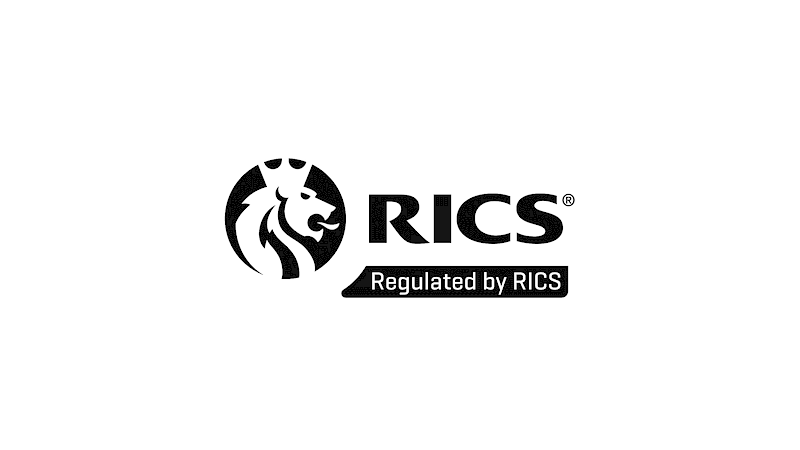The Value of Collaboration
A lawyer recently asked me to be an Expert Witness in a negligence claim against a building surveyor who, acting for a tenant in a dilapidations claim on a warehouse, had apparently “mentioned” Section 18 (diminution) valuations, but never emphasised the potential relevance, nor recommended obtaining one.
I declined as I had previously.
Building surveyors are, of course, the wrong discipline to ask. So are lawyers. Only a specialist valuer has sufficient expertise to advise on the extent to which diminution in value principles will likely reduce the quantum of damages.
In practice, the Protocol effectively misplaces this responsibility on building surveyors. It then compounds the risk of not advising tenant clients to obtain a diminution valuation by focusing their attention on the “landlord’s intentions” for the property. Funnily enough, the common response is to do neither more nor less than the claimed remedial works. But of course “plans change” – once dilapidations are settled!
WHEREAS, the law objectively applies the so-called First Limb of Section 18 (with similar principles at common law for decorations and reinstatement of alterations), i.e., directing the Valuer to reflect which path the “hypothetical purchaser” might pursue.
The reality is that almost every commercial and leisure property vacated at lease end needs modernising and upgrading to some extent (i.e. even if vacated in perfect compliance) to optimise lettability, hence open market value. This ranges from market-demanded brand new fittings and finishes (rather than out of date but “in good repair”), to brand new roofs with warranties and improved insulation (in preference to an old roof “in good repair”), to gutting and repurposing works to optimise re-lettability, hence value. These entail far more supersession than either the landlord’s volunteer or the tenant's building surveyors can reflect.
Therefore, the valuer can and should duly reflect far more extensive supersession than the actual landlord concedes.
The Protocol has been and is very successful. Fewer than 1% of dilapidations cases go to trial these days. Building surveyors shouldn’t be at risk from an ever more eager readiness to sue. A tweak of the now customary process would make all the difference. Just as asking the valuer is the wrong professional to ask to comment on the appropriateness of remedies and costings in a dilapidations schedule, it is to ask the building surveyor whether a DV is “worth it”. In reality, there is rarely if ever a time when it is not worth it. A few thousand pounds will be used to reduce the eventual settlement sum by tens to hundreds of thousands, with the bonus of removing that misplaced responsibility from the building surveyor.
For commercial tenants dealing with a dilapidations claim, please email paul@radius-consulting.com for specialist advice.


CIArb exists for the global promotion, facilitation and development of all forms of private dispute resolution around the world to maximise the contribution that dispute resolution practitioners make
Paul J Raeburn
BSc (Hons) MRICS DipArb FCIArb
RICS Accredited Mediator
Neil Burridge
BSc (Hons) MRICS ACIArb
RICS Registered Valuer

"Regulated by RICS" confirms to potential clients that we can be trusted to deliver high standards of service. "Regulated by RICS" conveys a consistent message of confidence and quality to our clients.

